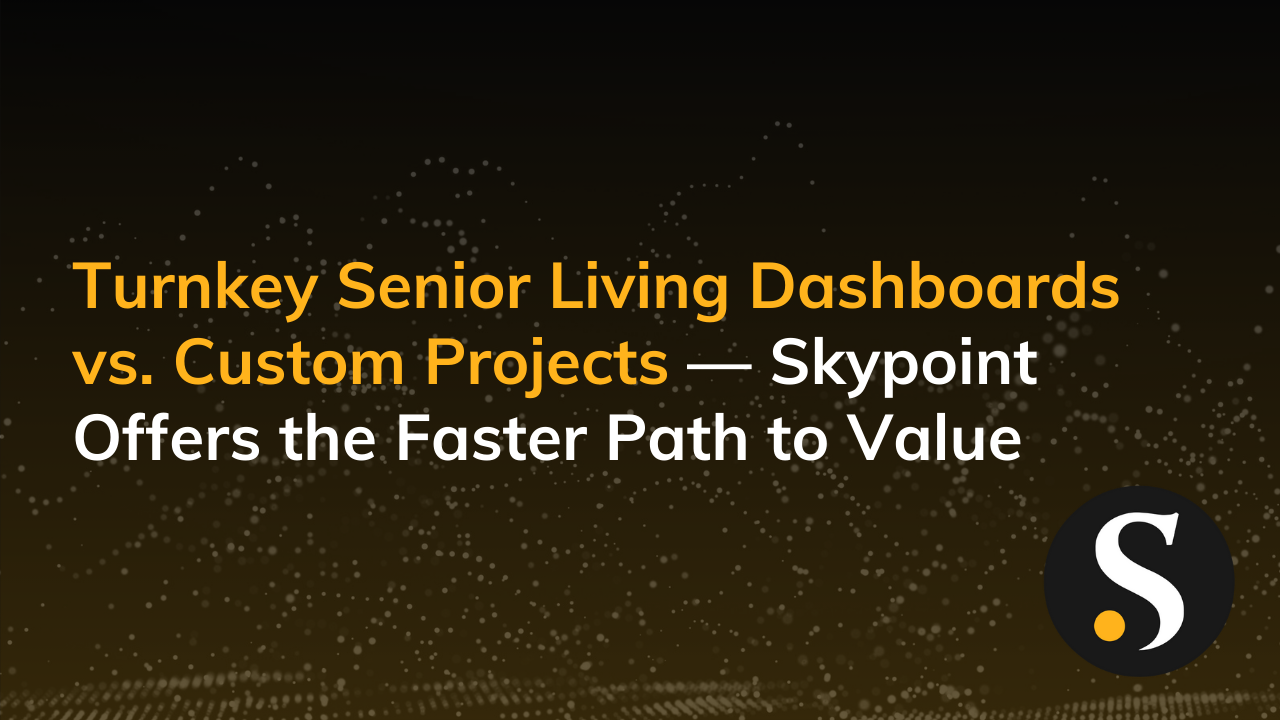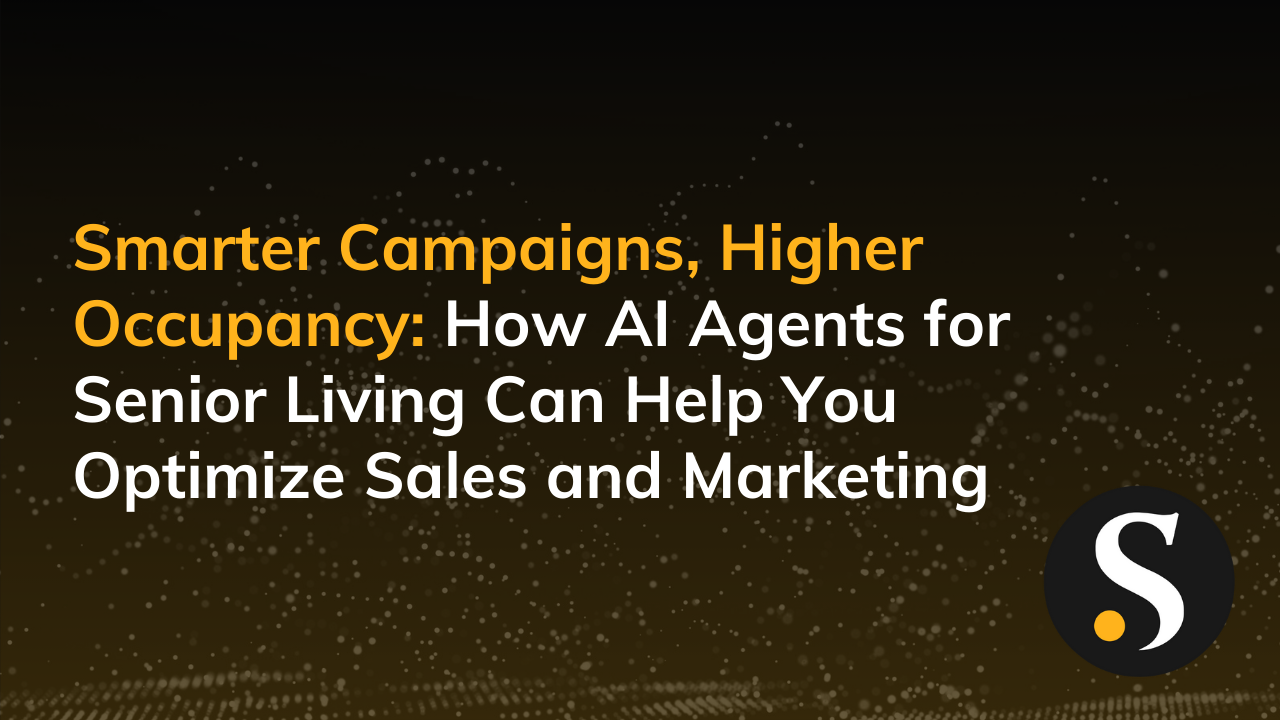We talk a lot about business intelligence, but what does it mean?
At the most definitive level, Business Intelligence (BI) refers to the insights and value gained from business data via the Business Intelligence process. This process involves:
- Collecting business data
- “Cleaning” the data into more usable forms
- Asking questions about the data
- Analyzing the data to form answers and insights
- Taking actions to improve the organization based on the insights.
Let’s look at what this really means, so we can understand the whole point of business intelligence.
The Data
What data? What even is data? How can I get some?
Data is simply every piece of recorded information. If you have a business or organization, you should already have data—probably a lot of data.
Recently, I was having a conversation with the owner of an online retailer, and I asked them what data they have. All I got in response was a vague shrug and a blank look. Don’t overthink it!
In the case of an online retailer, what they likely have in abundance is transactional and sales data. At a minimum, every sale is recorded somewhere—usually with payment, product, shipping, and customer details.
From there, it’s also usually safe to assume a retailer is recording data about the products themselves, the manufacturers and suppliers, their employees, and other daily facets of normal operation. The enterprising retailer should be collecting any data they possibly can and might even consider acquiring data from other sources to boost their data opportunities.
Let’s imagine I wanted to know who purchases my products. This information could be useful in strategizing my marketing campaigns, or it might inform future product development to cater to my most common audiences.
By combining my own sales data with available census data, I might be able to discover that large portions of my shipments go to zip codes with similar demographics.
When added to internal data, open source and paid data from reputable sources can be invaluable, because they can provide context, sheer volume compared to what can be collected internally, and a greater breadth of perspective.
Cleaning the Data
If I need to clean my data, does that mean it’s dirty?
Yes, in a manner of speaking. At least, that’s how data professionals refer to it. Unless you are a highly qualified data engineer with complete control over every aspect of how your data is generated, your data is probably dirty. This means it has inaccuracies, inconsistencies, missing parts, and duplications…to name a few.
Dirty data results in inaccurate results from analysis.
As an example, I might be interested in knowing the trends of my operating expenses and what factors contribute to those trends.
To answer this, I might combine operating expense data such as location overhead with employee salary and other regular expense data. I might initially see that the cost of leasing the location is the greatest expense.
With unclean data, however, this might be an entirely inaccurate analysis. If several employee salaries were blank and a couple of the power bill entries were duplicated, the truth might be that employee salaries are the greatest expense.
There’s no point in analyzing data if the results are going to be inaccurate. Cleaning the data is an essential step in the BI process—or any data analytics process, for that matter.
Analyzing the Data
How do I analyze my data?
Once upon a time, analyzing data was a slow, careful process completed manually by skilled developers. Sometimes, it still is. But in the realms of BI, we have a veritable host of fabulous tools at our disposal.
Some of these business intelligence tools, such as the Microsoft Power Platform suite of products and services, can actually handle data from collection, through cleaning and storing, and on to analysis and presentation. Other BI tools, such as Tableau, are designed mainly for creating beautiful visualizations to help primarily with the analysis and visualization stages.
Depending on the data available, the questions being asked, and the business intelligence tools being used, analysis can involve many different strategies. Most commonly in Business Intelligence, we try to consolidate and compare.
Data points are each relatively useless. If the data points are people, then knowing details about a single person would tell us nothing about the commonalities and trends of the group.
Instead of looking at the individual, we aggregate. This means we group and cluster our data via numerical information such as sums and averages, by categorical information such as types and locations, and by time-bound information such as date ranges.
Let’s say our group is a list of patients at a hospital. Using visitation data with dates and times, we could compare fluctuations in Emergency Room visits from day to day and over seasons, which might inform staffing procedures to ensure better patient outcomes during busy seasons.
This type of information would be impossible to determine by looking at a single patient visit.
Visualizing the Data
What is the difference between analyzing and visualizing my data?
Analyzing and visualizing go hand in hand. Often, the process of analysis includes data visualization, because this is how we humans can best understand what is happening.
That being said, a quick visual that helps the analyst understand what is going on might not be sufficient to convey the information properly to others (i.e. executives and decision-makers).
The visualization stage of the process speaks most prominently to the idea of clear communication and presentation of the data and resulting insights. Levels and types of visualization depend a lot on the intended audience. For example, we wouldn’t use standard deviation figures to describe something to people who have no idea what a standard deviation even is!
Presentation can make a big difference in an audience’s ability to consume and make good decisions on the results of the analysis. The world of BI is full of guidelines and recommendations for best practices in visualization.
Acting on the Data
The point of all this cleaning, analysis, and visualization is to have actionable insights. Armed with knowledge gleaned from data, we can make choices and take action to improve the organization.
As a process, Business Intelligence is oriented in the past. Data that has been collected has already happened. Data can be live-streamed from some types of sources to provide real-time information, but it rapidly falls into the past.
We want to see more revenue, better patient outcomes, smoother operations, and more opportunity next year, next month, or even as soon as tomorrow. Just as we learn from world history to inform decisions for the future, the goal of BI is to make better decisions and take action for a better future.












